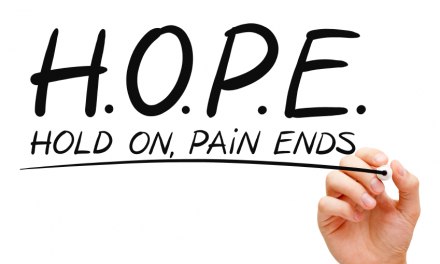Research into the relative effectiveness of telehealth versus in-person services isn’t exactly thick on the ground. There have been however a number of smaller studies – meaning fewer than 150 participants involved – that can at least provide us with insights into and support for the use of telehealth in outpatient and intensive outpatient treatment. That includes programs that rely on a mixture of live and virtual treatment — as many are preparing to do now.
Not that the pandemic left us much choice. During that first year? It was often telehealth or nothing.
Most of the research employs the usual criteria by which treatment effectiveness is measured. That’d be client satisfaction, retention in the program, quality of the therapeutic relationship, and naturally, changes in substance use. To date, the results have been positive. Studies do support the notion that treatment services, when delivered via telehealth, were as effective (but not more so) than the in-person variety.
That’s genuinely good news, especially for programs that serve rural areas, where transportation is an issue even in the best of times.
I also came across a Canadian study that actually found higher levels of retention in treatment among methadone maintenance clients when they participated by video link. As for why, my first guess would be the obvious one – methadone OTP may require more frequent contacts over a long period. That makes compliance more difficult. Telehealth can substantially reduce that burden, and eliminate the need for some of the travel involved.
An online survey of clinicians suggested that their confidence in telehealth was at its highest when it came to individual counseling sessions. That confidence declined somewhat when it came to group therapy, intake and screening, monitoring, etc. Which made sense, given that individual sessions involving one client and one therapist provide more opportunity to evaluate, ask questions, and form complete judgements about client needs and progress.
I noticed early on that some clinicians were quicker to acclimate to the telehealth model than others. I made it a point to ask clinical staff for their thoughts on the subject. What made the transition go smoothly for some, but not for all?
The most common response: the more experienced a clinician was with the online environment and virtual communication, the easier the transition to telehealth-based therapy. That’s where younger clinicians often have had an advantage.
“I basically grew up online,” one explained to me. “Beginning in my early teens. Gaming, social media, Skype. I’m as comfortable online as off. More, in some situations.”
Another emphasized the need for clarity. The telehealth environment, she maintained, forces us to be clear, simplify our message, stick to the point. “That’s because there are fewer opportunities to interact, to explain what you mean to the person on the other end. You can’t just ramble.”
It’s the nature of the medium, I guess. We’ll just have to adapt.













